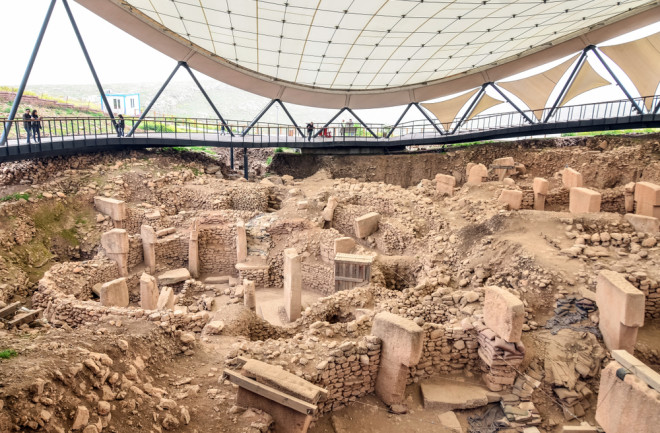Growing up in 19th-century rural Germany, 7-year-old Heinrich Schliemann declared he would discover the ruins of Troy, the besieged city in Homer’s Greek epic, the Iliad. His father dismissed the ambition, deeming Troy a fantasy. But the boy replied, “if such walls once existed, they cannot possibly have been completely destroyed: vast ruins of them must still remain, but they are hidden away beneath the dust of ages.” Or so Schliemann recounts, in later autobiographical writing.
The childhood boast is impressive, but it hints at a larger problem when searching for the remnants of lost peoples and civilizations. How do archaeologists know where to dig?
Schliemann, at least, seems to have figured it out. In the late 1800s as a retired businessman with a self-made fortune, Schliemann found the site of ancient Troy in present-day Turkey. Schliemann located the city thanks to geographic descriptions in the Iliad, plus his obsessive drive, surplus wealth and good luck.

